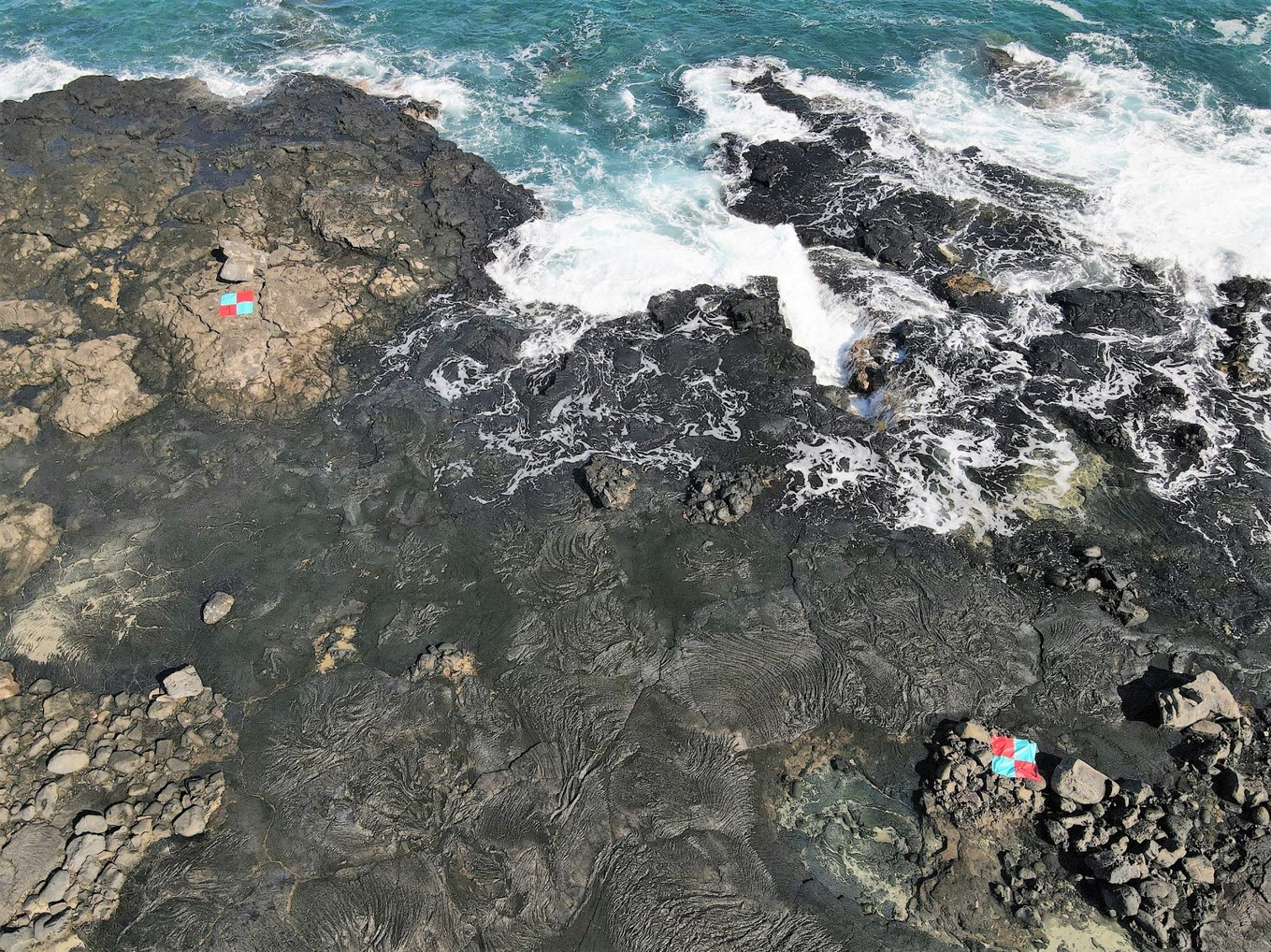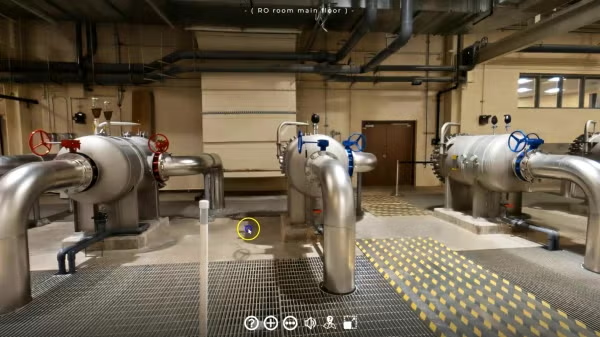Making waves against sea-level rise threats

Undergraduate and graduate students spanning both ASU and UH Hilo will be trained with the skills necessary to address the impact of climate change, particularly sea-level rise on diverse coastal ecosystems. Photo courtesy of Haunani Kane
A new research partnership between Arizona State University and the University of Hawaii at Hilo aims to better understand the vulnerability of island ecosystems, reefs and island communities against rising sea levels, while enhancing research opportunities for students from underrepresented populations.
Assistant Professor Haunani Kane and Associate Professor Robin Martin, both in Arizona State University’s School of Geographical Sciences and Urban Planning and the Center for Global Discovery and Conservation Science, have partnered with Assistant Professor John Burns from the University of Hawaii at Hilo to equip students with the skills necessary to address the impact of climate change, particularly sea-level rise on diverse coastal ecosystems.
The project titled “Quantifying vulnerability to sea-level rise across multiple costal typologies” is funded through NASA’s Minority University Research and Education Project, which is aimed at benefiting minority-serving institutions to bring Earth-observing technology into the hands of underrepresented students.
The project supports a doctoral student at ASU and two undergraduate and two graduate students at UH Hilo. The two universities will share resources to mentor ASU and UH Hilo students, all of whom will have access to professors at both universities.
“This project will provide students the opportunity to develop skills to understand how their homes are being impacted now and in the future by sea-level rise,” said Kane, a Native Hawaiian climate scientist based in Hilo, Hawaii. “Through this process we hope to engage our students with the community and local policymakers to develop solutions and plan for future impacts.”
Understanding vulnerability of Hawaii nearshore ecosystems
Prior research conducted by Kane has shown that when sea-level rise exceeds a critical elevation point, nearshore aquatic, intertidal and coastal ecosystems become more vulnerable. Building upon that work, the current joint research project aims to use the Big Island of Hawaii as a case study.
Students and researchers will map and measure areas island-wide by combining remote-sensing technologies with local measurements of tidal variation and water level, and landcover surveys for a clearer understanding of the effects of climate change on the biology and ecology of Hawaii’s coastlines.
Undergraduate and graduate students spanning both ASU and UH Hilo will be trained in a multiscale approach that combines the datasets and imagery derived from satellites, airplanes and unmanned aerial systems.
Students will also learn how to survey coastal ecosystems using high-resolution GPS. Under the partnership, Kane and Martin will provide students with mentoring and fieldwork training, and they'll assist with analysis of datasets.
“Communities are the best stewards of their place and its resources,” Martin said. “Every opportunity to support the open sharing of knowledge will make us more resilient in this rapidly changing world.”
Expanding ASU educational opportunities in Hawaii
The project provides a unique opportunity to support and grow Native Hawaiian and culturally mindful researchers in Hawaii.
While UH Hilo offers master's degrees in marine science and conservation, there are not yet options on Hawaii Island for students to pursue a PhD.
“We hope the ASU-UH Hilo partnership will fill this gap by providing students the opportunity to pursue and obtain PhDs that support community-based research,” Kane said.
Also through the project, ASU faculty are partnering with the County of Hawaii, through the ASU node of the NASA DEVELOP program, to create an updatable data tool to utilize NASA Earth observation data as well as the findings from their study for continued real-time assessment of community vulnerability to sea-level rise.
“We thank NASA for their foresight in prioritizing research excellence and student mentorship at minority-serving institutions like the University of Hawaii at Hilo, and we are humbled to play a part in the success of Native Hawaiian students,” Kane said. “As an Indigenous scientist, I realize that the traditional academic system was not established to ensure the success of minorities and Native students.”
“It will take creative approaches that acknowledge the history of our people and support our people’s ancestral connection to place and community. I hope that this project and future projects with students at ASU can create safe spaces for students of all backgrounds to pursue research.”

Rocky shoreline ecosystems dominate younger volcanic islands like the island of Hawaii and are currently overlooked in most sea-level rise assessments. Students will use unmanned aerial systems (UAS or drones) to capture real-time flooding events and analyze impacts on coastal ecosystems. Photo courtesy of Haunani Kane
More Environment and sustainability

Public education project brings new water recycling process to life
A new virtual reality project developed by an interdisciplinary team at Arizona State University has earned the 2025…

ASU team creates decision-making framework to improve conservation efficiency
Conserving the world’s ecosystems is a hard job — especially in times of climate change, large-scale landscape destruction and…

Mapping the way to harvesting water from air
Earth’s atmosphere contains about 13 trillion tons of water.That’s a lot of water to draw upon to help people who are contending…

